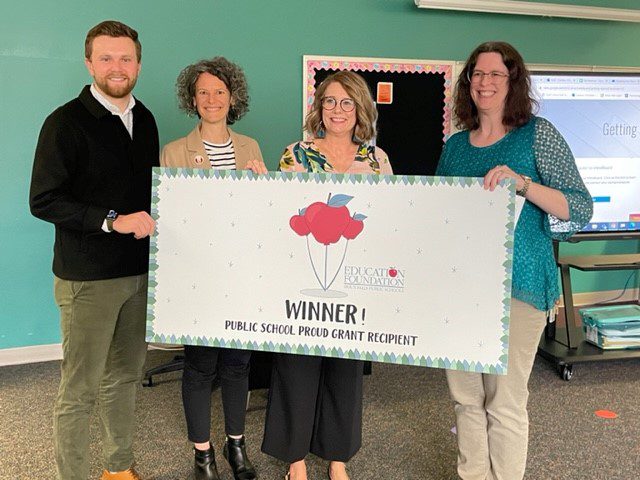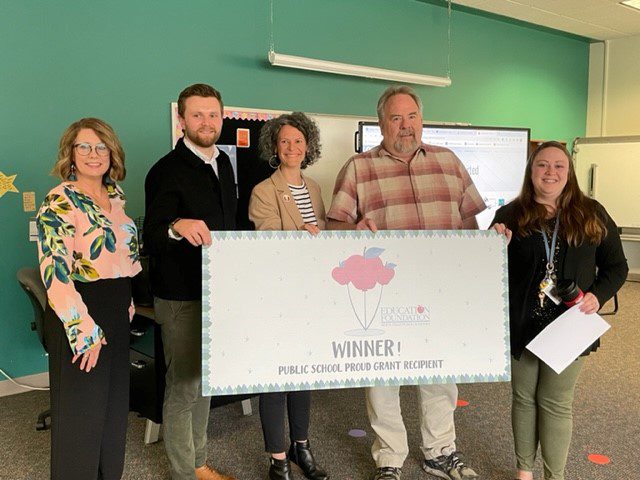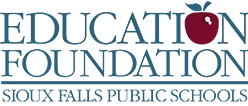
Krystine Reavis received $2,249.25 for her proposal, “Go, Robot, Go!” She will use the funds to purchase Dash robotics kits that will be used by 200 students in the library during their Makerspace time. With the Dash robots, students learn to code and they then have the opportunity to apply their programming skills in a rich 3-D environment.
In the application, Krystine wrote, “By adding robots to the curriculum, I am giving students a hands-on activity that uses their own creativity and imagination to create and manipulate the robot to solve everyday tasks. Students will learn how to write succinct code with multiple steps to get the robots to complete a specific activity. These thought processes can also be brought into reading and writing skills. Coding must have every detail in order for the robot to complete a task. Writing also needs important details. For instance, “a car” does not give the reader enough information but by adding exact color, size, type, direction, speed, and mileage, a reader can better understand the car itself. Coding teaches students to be precise. Robots also help with math skills. A robot needs to know exactly how many spaces to move as well as the direction. Students will practice following steps in order, which is necessary in math computations.”

Betsy Anderson and Ken Nemmers are the recipients of the second Public School Proud Grant. They received $795.47 for their proposal, “Functional Fraction Help.” Betsy and Ken will use funds to purchase fraction bars, decimal and percentage graphs, and magnetic board manipulatives. In the application, they wrote, “We want students to physically hold and manipulate fractions with fraction bars or pies. Students struggle to visualize and build whole fractions and these tools will help them explore, build, and visually see the fractions. With these new materials, we hope to see students grow throughout their fraction knowledge from 3rd through 5th grade. In 3rd grade, we hope the students gain skills with basic fractions when using the bars to find solutions to math problems. We expect to see continued growth with fraction knowledge in 4th and 5th grade as students build on their strong foundation.”
